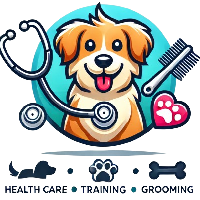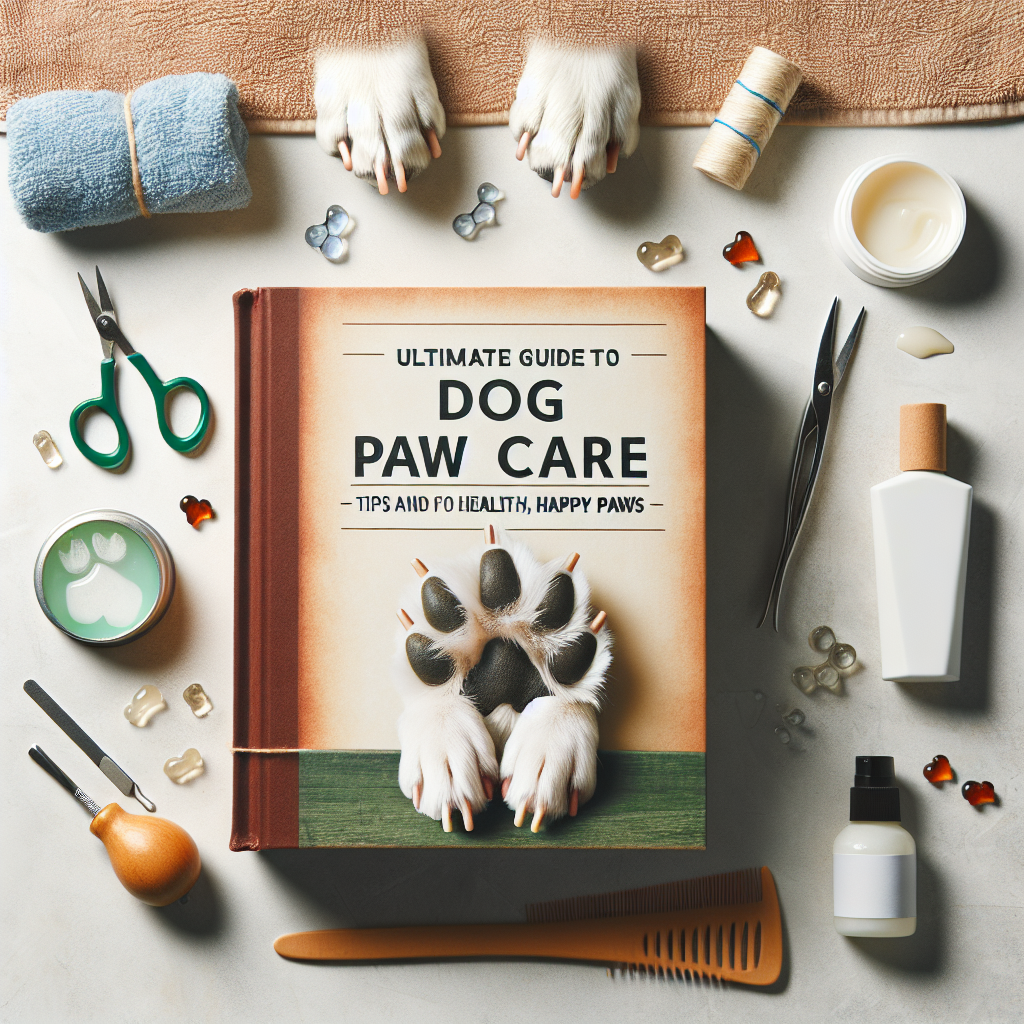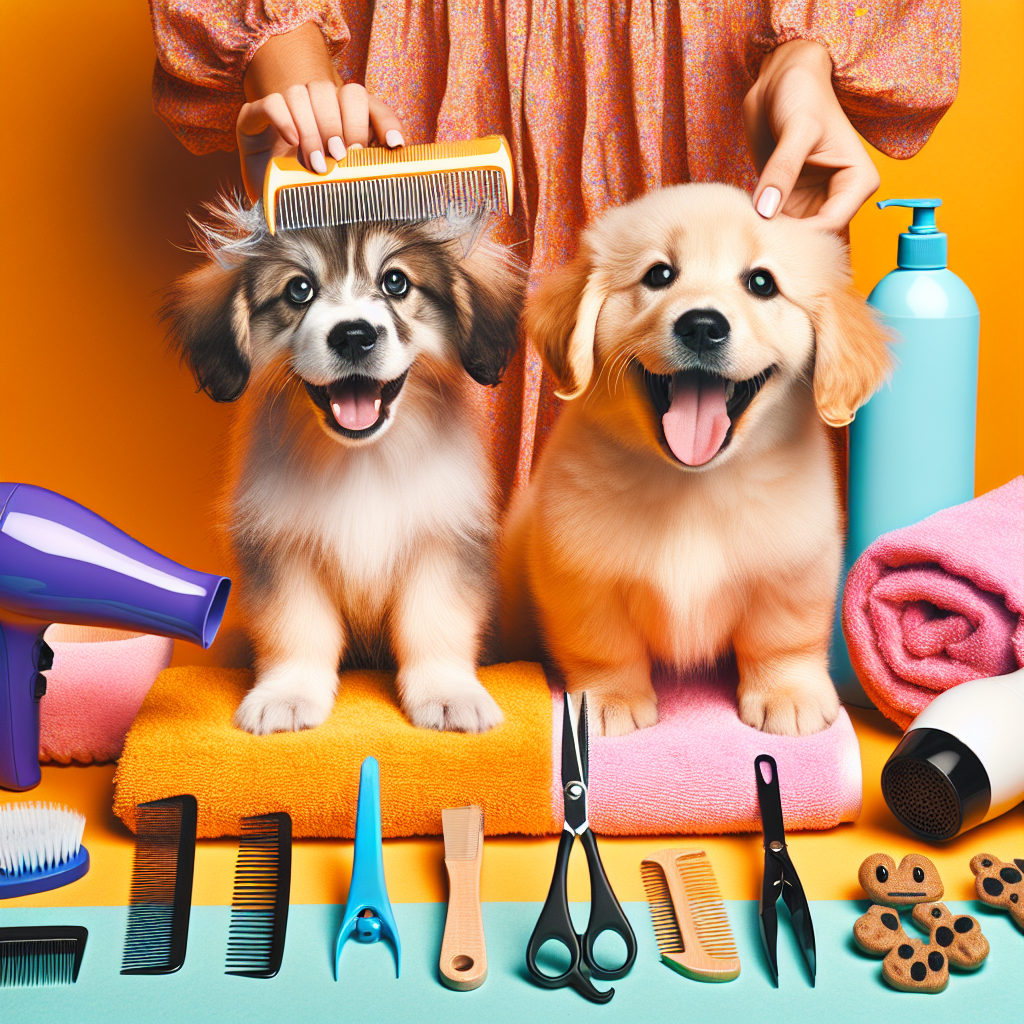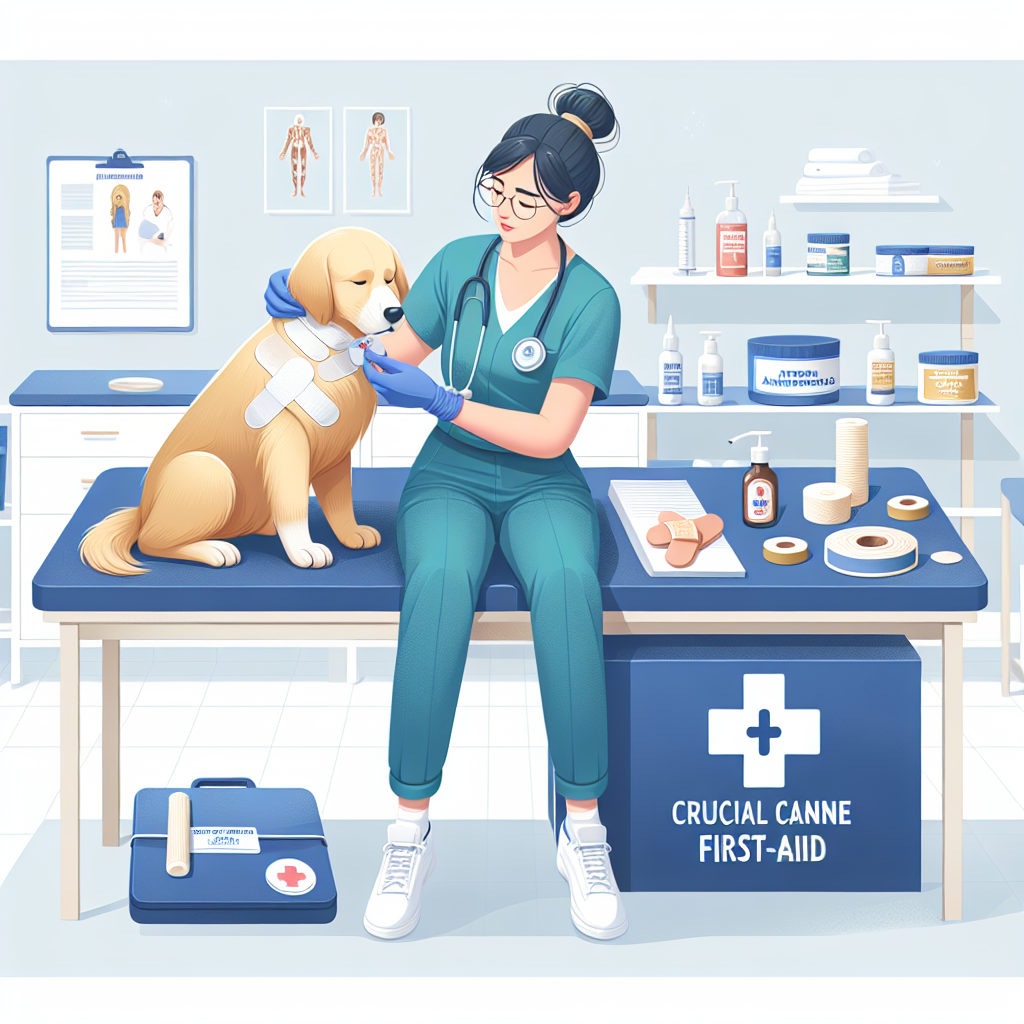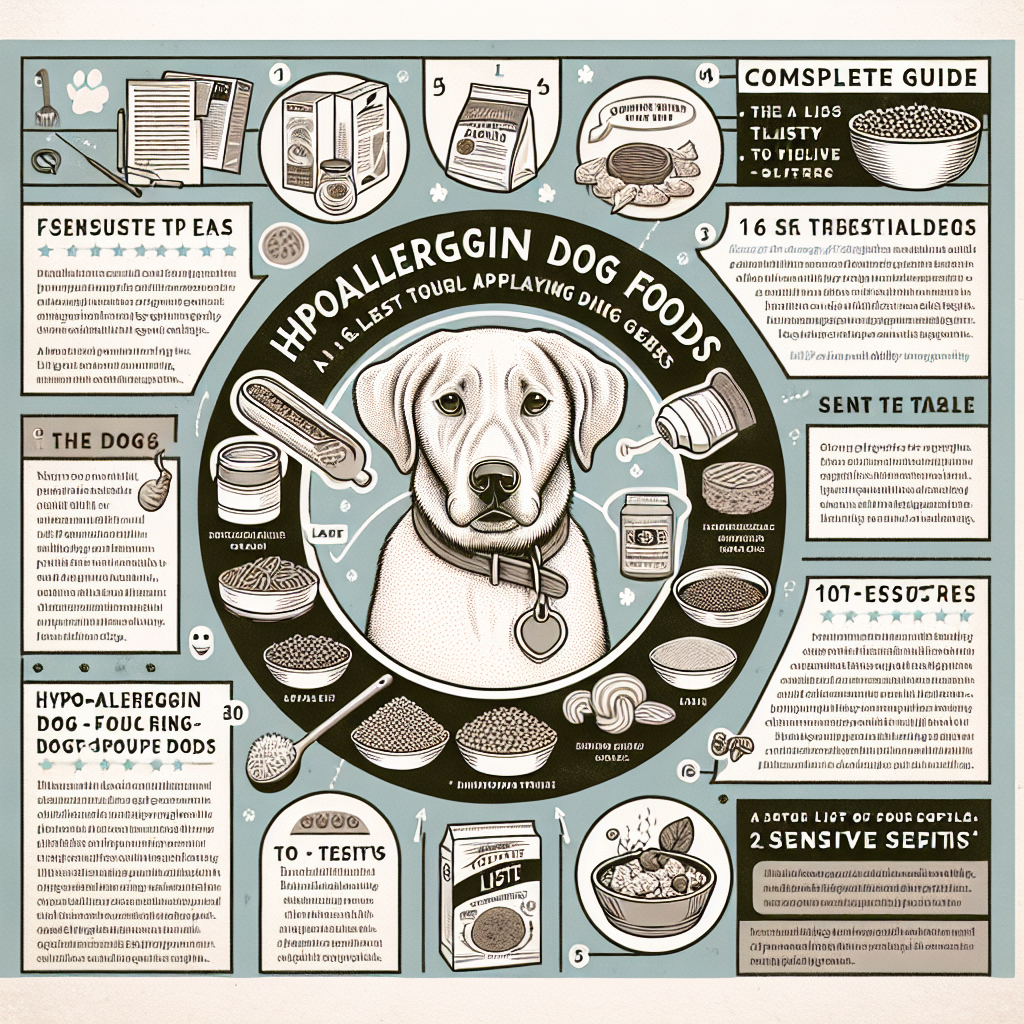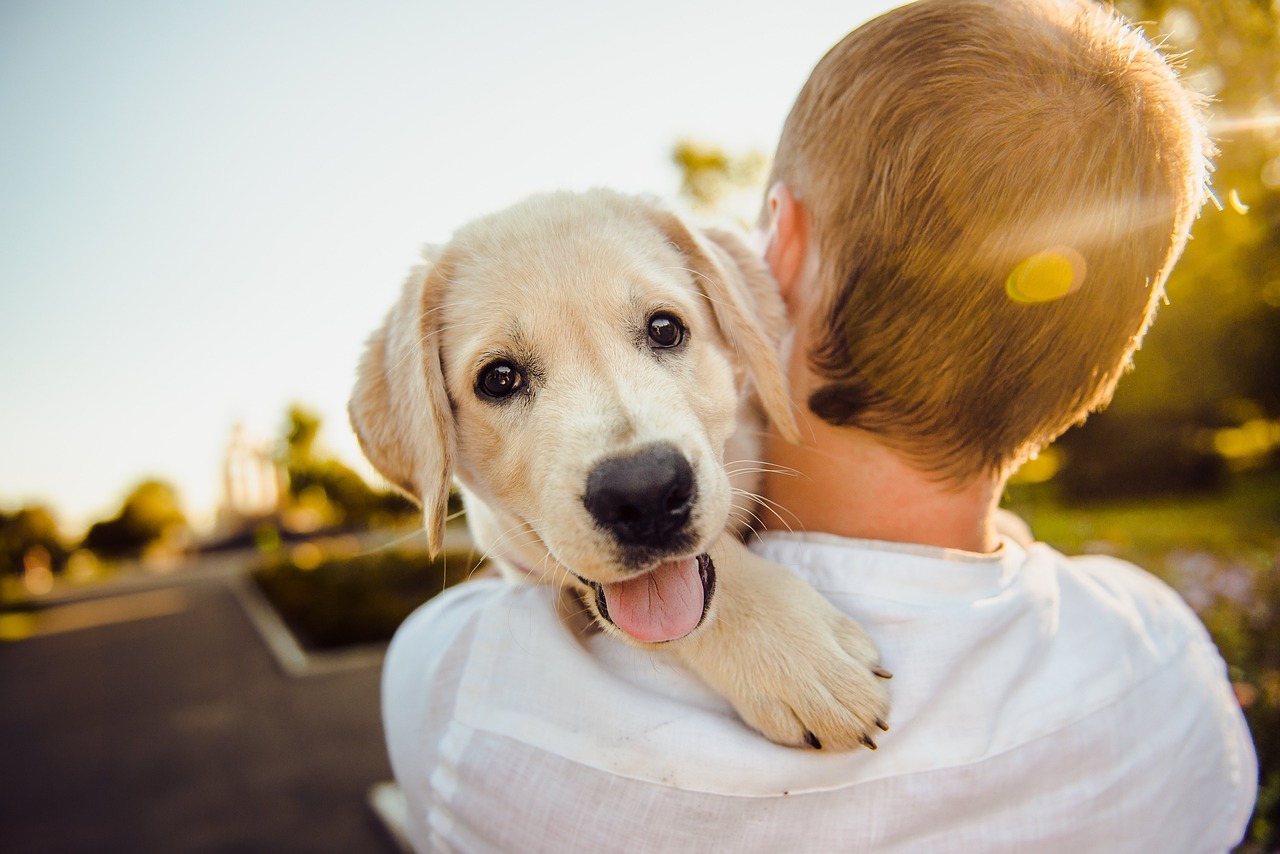
Dogs bring immense joy and companionship to our lives, and it’s crucial to return the favor by ensuring they are clean, healthy, and well-groomed. Proper grooming isn’t just about keeping your dog looking good; it’s also essential for their overall health and well-being. This comprehensive guide will walk you through everything you need to know about designing the ultimate grooming schedule for your canine friend, covering basic grooming tasks, frequency, breed-specific needs, and practical tips for at-home grooming.
Table of Contents
- Introduction
- Why Grooming is Essential
- Basic Grooming Tasks
- Grooming Frequency
- Breed-Specific Grooming Needs
- At-Home Grooming vs. Professional Grooming
- Seasonal Grooming Tips
- Common Grooming Tools and How to Use Them
- Addressing Special Grooming Needs and Health Issues
- Conclusion
1. Introduction
Grooming your dog involves more than just a quick bath and trim. It is an ongoing process that includes brushing, nail trimming, ear cleaning, teeth brushing, and checking for any signs of health issues. A well-maintained grooming schedule ensures your dog’s coat is clean, nails are trimmed, ears are free from infections, and teeth are healthy, all of which contribute to your pup’s overall well-being.
2. Why Grooming is Essential
Physical Health
Regular grooming sessions provide an opportunity to check for signs of infections, parasites, or skin conditions. Tasks like brushing and teeth cleaning help prevent serious health issues such as infections, periodontal disease, and matted fur.
Mental Well-being
A well-groomed dog is often a happier dog. Regular grooming sessions can reduce anxiety and stress, create a stronger bond between you and your pet, and improve overall mental health.
Aesthetics
A well-groomed dog looks and smells better, which can be particularly important if you have guests over or take your dog out in public.
3. Basic Grooming Tasks
Brushing
Brushing removes loose fur, prevents mats, and distributes natural oils in the dog’s coat. It helps keep the fur clean and shiny and reduces shedding.
Bathing
Bathing removes dirt, allergens, and loose hair from your dog’s coat. It also helps to control odor.
Nail Trimming
Overgrown nails can cause pain and lead to long-term health issues like joint stress. Regular trimming helps maintain comfortable walking and posture.
Ear Cleaning
Cleaning your dog’s ears helps prevent infections and removes wax build-up.
Teeth Brushing
Oral hygiene is crucial for preventing dental issues, including gum disease and tooth loss.
Anal Gland Expression
Some dogs need their anal glands expressed regularly to prevent discomfort and infections.
4. Grooming Frequency
Daily
- Brushing: Short-haired dogs may only need brushing once a week, but long-haired breeds may require daily attention. Regular brushing helps to prevent mats and keeps the coat healthy.
Weekly
- Teeth Brushing: Ideally, brush your dog’s teeth every other day, but at least aim for weekly sessions.
- Ear Cleaning: Check ears weekly for signs of infection, and clean them as needed, especially if your dog has floppy ears prone to infections.
Bi-Weekly to Monthly
- Bathing: Most dogs benefit from a bath once a month. Over-bathing can strip the coat of natural oils, so find a balance based on your dog’s needs.
- Nail Trimming: Depending on how fast the nails grow, trim them every two to four weeks.
Every Few Months
- Anal Gland Expression: Not all dogs need this, but some may require it every one to three months. Consult your vet for the right frequency.
5. Breed-Specific Grooming Needs
Short-Haired Breeds
Breeds like Beagles, Boxers, and Dalmatians usually need minimal grooming. Weekly brushing and monthly baths are typically sufficient.
Medium-Haired Breeds
Breeds like Golden Retrievers and Border Collies will need brushing a few times a week to prevent mats, along with regular baths and nail trims.
Long-Haired Breeds
Breeds like Shih Tzus, Afghan Hounds, and Old English Sheepdogs require daily brushing, frequent baths, and regular trims to keep their hair from becoming matted.
Curly-Haired Breeds
Breeds like Poodles and Bichon Frises need regular professional grooming every four to six weeks due to their unique fur. Daily brushing is also necessary.
Double-Coated Breeds
Breeds like Huskies and German Shepherds have a thick undercoat that sheds seasonally. They need frequent brushing, especially during shedding seasons, and bi-monthly baths.
6. At-Home Grooming vs. Professional Grooming
At-Home Grooming
At-home grooming can save you money and help you bond with your dog. Basic tasks like brushing, bathing, and nail trimming can be easily done at home with the right tools and techniques.
Professional Grooming
Professional groomers offer services such as haircuts, advanced nail care, and specialized treatments (e.g., hypoallergenic baths). They are trained to handle difficult tasks and may be especially useful for breeds with complex grooming needs.
7. Seasonal Grooming Tips
Spring
Spring is shedding season for many breeds. Increase the frequency of brushing to manage loose fur and reduce shedding. Regular baths can help remove pollen and allergens.
Summer
Dogs can overheat easily in the summer. Keep the coat well-trimmed, but avoid shaving it completely as it can expose the skin to sunburn. Opt for cooling sprays or mats if necessary.
Fall
As the weather cools, keep an eye on any seasonal allergies that might affect your dog. Regular baths can remove allergens and ensure your dog’s comfort.
Winter
Winter weather can dry out the skin. Use moisturizing shampoos and conditioners and consider using a humidifier at home to maintain skin hydration.
8. Common Grooming Tools and How to Use Them
Brushes and Combs
- Bristle Brush: Good for all coat types. Use for daily brushing.
- Slicker Brush: Excellent for removing mats in long-haired dogs.
- Undercoat Rake: Ideal for double-coated breeds during shedding seasons.
Nail Trimmers
- Guillotine Clippers: Best for small nails.
- Scissor Clippers: Suitable for larger nails.
- Grinders: For dogs sensitive to clippers or with thick nails.
Ear Cleaning Solutions
Specialized ear-cleaning solutions can prevent infections and remove wax build-up. Avoid using cotton swabs, which can push debris further into the ear canal.
Dental Care
- Dog Toothbrushes and Toothpaste: Use enzymatic toothpaste and brushes designed specifically for dogs. Avoid human toothpaste as it can be harmful to pets.
Shampoos and Conditioners
- General Dog Shampoo: Suitable for most dogs.
- Medicated Shampoo: For dogs with skin conditions.
- Hypoallergenic Shampoo: Ideal for dogs with sensitive skin.
9. Addressing Special Grooming Needs and Health Issues
Skin Conditions
If your dog has a skin condition, consult your vet for a suitable grooming regimen. Specialized shampoos and treatments may be necessary.
Allergies
Dogs with allergies may benefit from more frequent baths with hypoallergenic shampoos, and regular brushing to remove allergens.
Senior Dogs
Older dogs may require gentler grooming sessions. They might need more frequent nail trims as their activity levels decrease.
Behavioral Issues
Some dogs may have anxiety related to grooming. Gradual desensitization, positive reinforcement, and consulting with a professional trainer can help make grooming a less stressful experience.
10. Conclusion
Maintaining an ultimate dog grooming schedule is essential for your canine companion’s health and happiness. By understanding the specific needs of your dog’s breed, keeping a regular schedule, and using the right tools, you can ensure your pup remains clean, healthy, and comfortable all year round. Whether you choose to groom at home or seek professional help, the key is consistency and attention to your dog’s unique requirements. Grooming is an excellent opportunity to bond with your pet, monitor their health, and show them just how much you care. So roll up your sleeves, gather your tools, and give your pup the pampering they deserve.
Extra Tips:
- Always reward your dog with treats and praise to make grooming a positive experience.
- Keep a grooming log to track your dog’s grooming needs and schedule.
- Be patient and gentle, especially with puppies and senior dogs, to ensure they remain comfortable and stress-free.
#ChatGPT assisted in the creation of this article.
